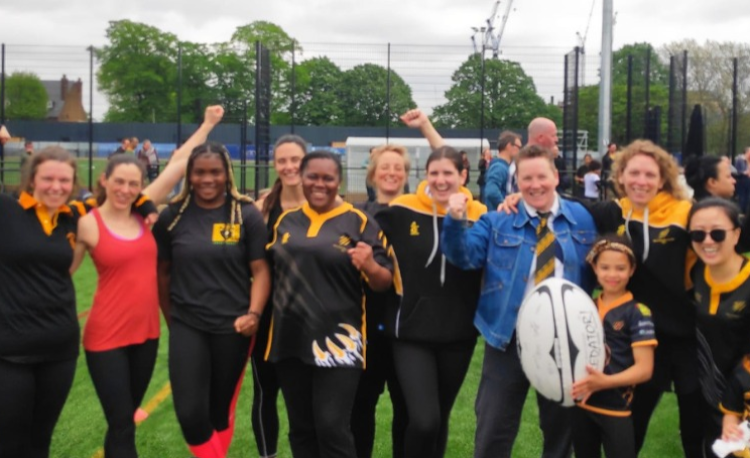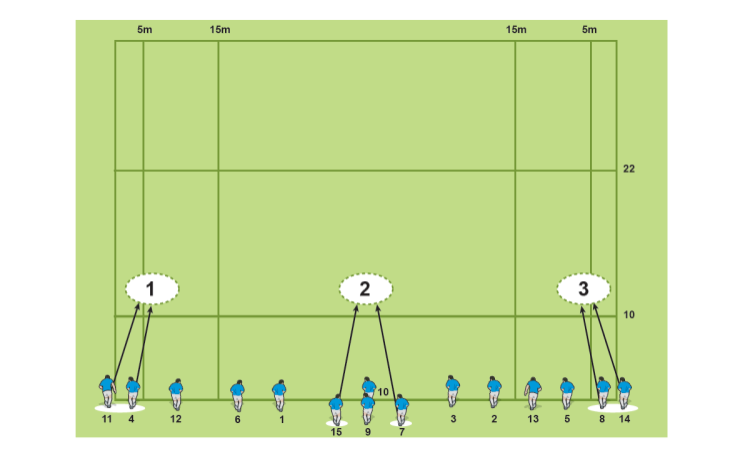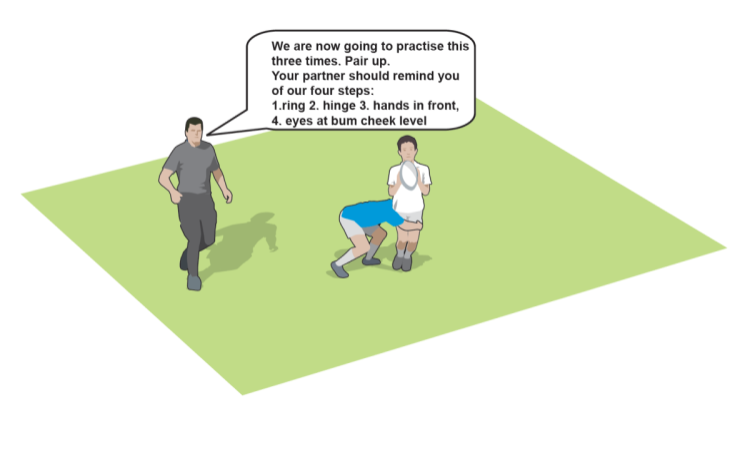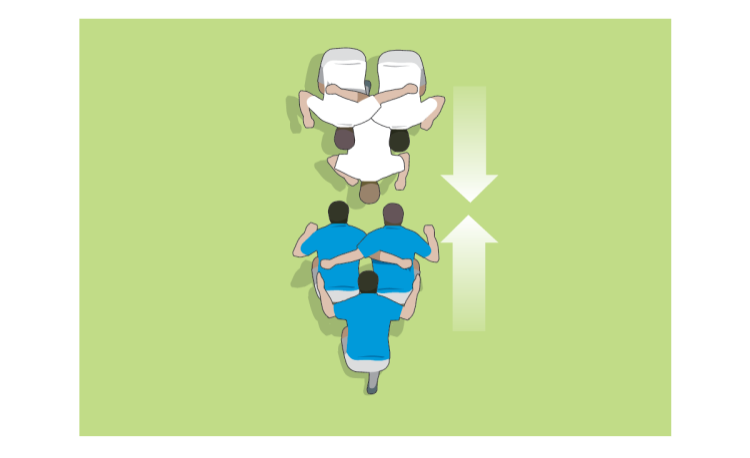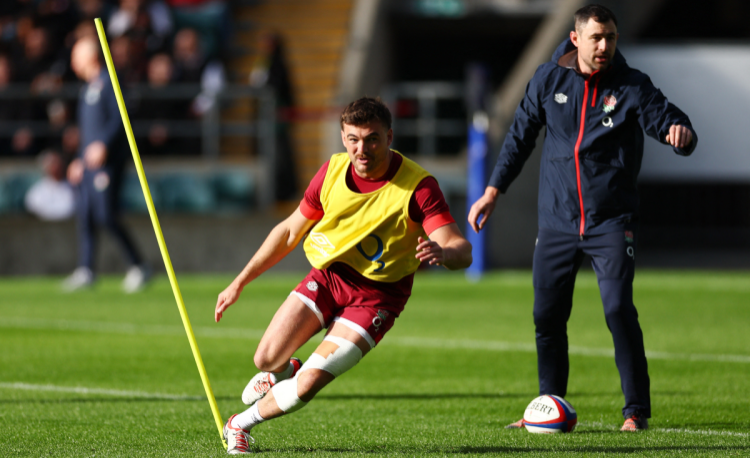You are viewing
1 of your 2 free articles
A challenge with time, not solutions
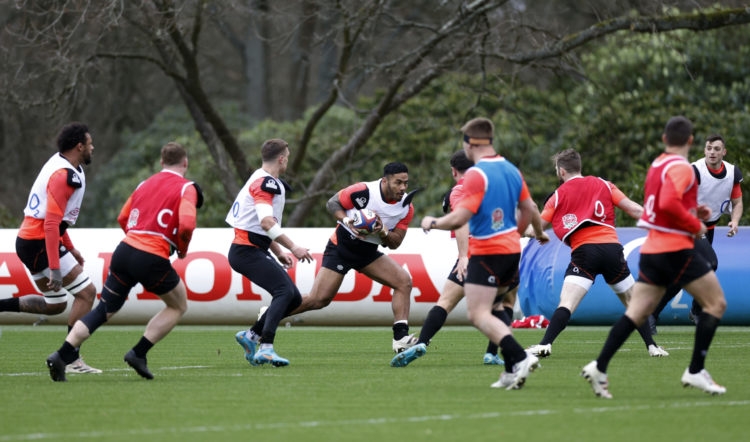
In How to train for slices, I’ve set up a backs move session. In this session, I’m planning to introduce a new play to the players, which will hopefully be part of their backs moves armoury.
Traditionally, backs moves are practised unopposed for quite a while before they are put into game contexts. They are only moved onto these game-realistic situations once they have been “mastered”. Yet, we all know from experience that they are rarely mastered and often, the players struggle to complete the play under sustained pressure in training.
Does that mean backs moves don’t work much of the time? Not at all. It’s often that when they work in matches, it’s because players have the confidence to use them, adjust their running lines based on the defence in real-time and hence find the gaps in the defence.
In other words, timing is based on what happens in front of them. Because the players are comfortable to deal with that, they can adjust quickly and therefore penetrate the opposition's defence.
That’s why the session tries to get the move into a game context as soon as possible. The downsides of this approach are that the players might not possess the right techniques in the first place. The most common problem is often inaccurate passing. You can mitigate for this by gradually increasing the size of the attack area.
Also, you can give the players support during the session on technical improvements. They can reflect on these at the time and perhaps focus some of their extra training on improving.
For example, your 10 might be a weaker passer with their left hand. You now have something you can remind them to work on before training. But don’t focus on it during the moves’ training. Just adjust for what they can do.
Newsletter Sign Up
Coaches Testimonials

Gerald Kearney, Downtown Las Vegas Soccer Club

Paul Butler, Florida, USA

Rick Shields, Springboro, USA

Tony Green, Pierrefonds Titans, Quebec, Canada
Subscribe Today
Be a more effective, more successful rugby coach
In a recent survey 89% of subscribers said Rugby Coach Weekly makes them more confident, 91% said Rugby Coach Weekly makes them a more effective coach and 93% said Rugby Coach Weekly makes them more inspired.
Get Weekly Inspiration
All the latest techniques and approaches
Rugby Coach Weekly offers proven and easy to use rugby drills, coaching sessions, practice plans, small-sided games, warm-ups, training tips and advice.
We've been at the cutting edge of rugby coaching since we launched in 2005, creating resources for the grassroots youth coach, following best practice from around the world and insights from the professional game.







